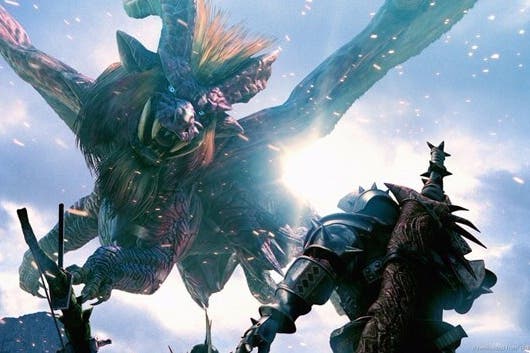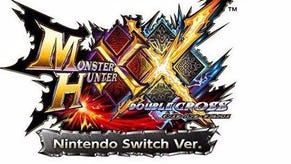Monster Hunter XX: Switch's first 3DS remaster analysed
A dramatic visual upgrade from handheld to hybrid.
Nintendo Switch has impressed us so far with some of its ports from more powerful platforms, but the arrival of a Japan-only Monster Hunter XX demo gives us a chance to see developers coming at the hardware from the other direction, refining and improving an existing 3DS title for the new console hybrid. The results are intriguing, with Capcom delivering a dramatically improved HD remaster with impressive enhancements in almost all areas.
The full game is out next week in its home market, but the playable demo - available to all simply by setting up a Japanese Nintendo account -is pretty substantial and gives us plenty of content to take a look at, consisting of three missions and 15 characters. And as expected, the leap is impressive bearing in mind the vast gulf in power between the two Nintendo systems: the 3DS hardware was under-powered compared to competing mobile solutions right from launch, whereas Switch's Tegra X1 GPU can still hold its head up high compared to some of the top-tier SoCs on the market today.
At the most basic level, resolution is dramatically improved - even in handheld mode we're looking at 9.6x increase in resolution (half that if we factor in the 3D rendering) in the leap to 720p, while docked mode boosts that pixel count to full-fat, native 1080p. Frame-rate stays the same, however. The 3DS version of Monster Hunter XX runs at 30fps with frame-pacing irregularities - and exactly the same configuration is in place on Switch, the off-kilter frame ordering producing judder that wasn't especially an issue on 3DS, but is much more noticeable on both the hybrid's 720p internal screen and an HDTV.
Beyond that, Capcom has the GPU power to push the base Monster Hunter XX experience to a new level. There's post-process anti-aliasing, for starters, along with a massive revamp in texture quality backed up by a high level of anisotropic filtering, giving the presentation a pristine look with no overt filtering cascade blur. Draw distances are also ramped up on Switch, with denser environment detail - most noticeable in the much richer foliage. By extension, object pop-in is virtually eliminated on the port, creating a more consistent look to the world.
There are some other welcome upgrades in place too. Bloom and pre-baked light shafts were already in the 3DS version, but with Switch, Capcom has the GPU power to move to more dynamic effects with god rays reacting whenever the environment obscures light, giving a sense of density to the air. It's a nice touch on Switch, and a clear upgrade from 3DS's pre-drawn effects. Other aspects of the 3DS's presentation that wouldn't work on a more pixel-rich screen are also addressed: shadow quality in particular is enormously improved.
Visually speaking then, Capcom isn't going in half-hearted with Monster Hunter on Switch - we're looking at vast improvements across the board. However, at its heart it is a 3DS title and as such, there are elements that tie the new release more closely to its more humble origins. Geometry isn't massively improved, for example. The characters, monsters, and map layout appear to conform to the same basic, angular design used on 3DS. Parts of the world are updated, and Switch's new texturing helps to hide the similarities, but the fact is that the framework of the world clearly still has its roots in the older handheld version, and it can show.



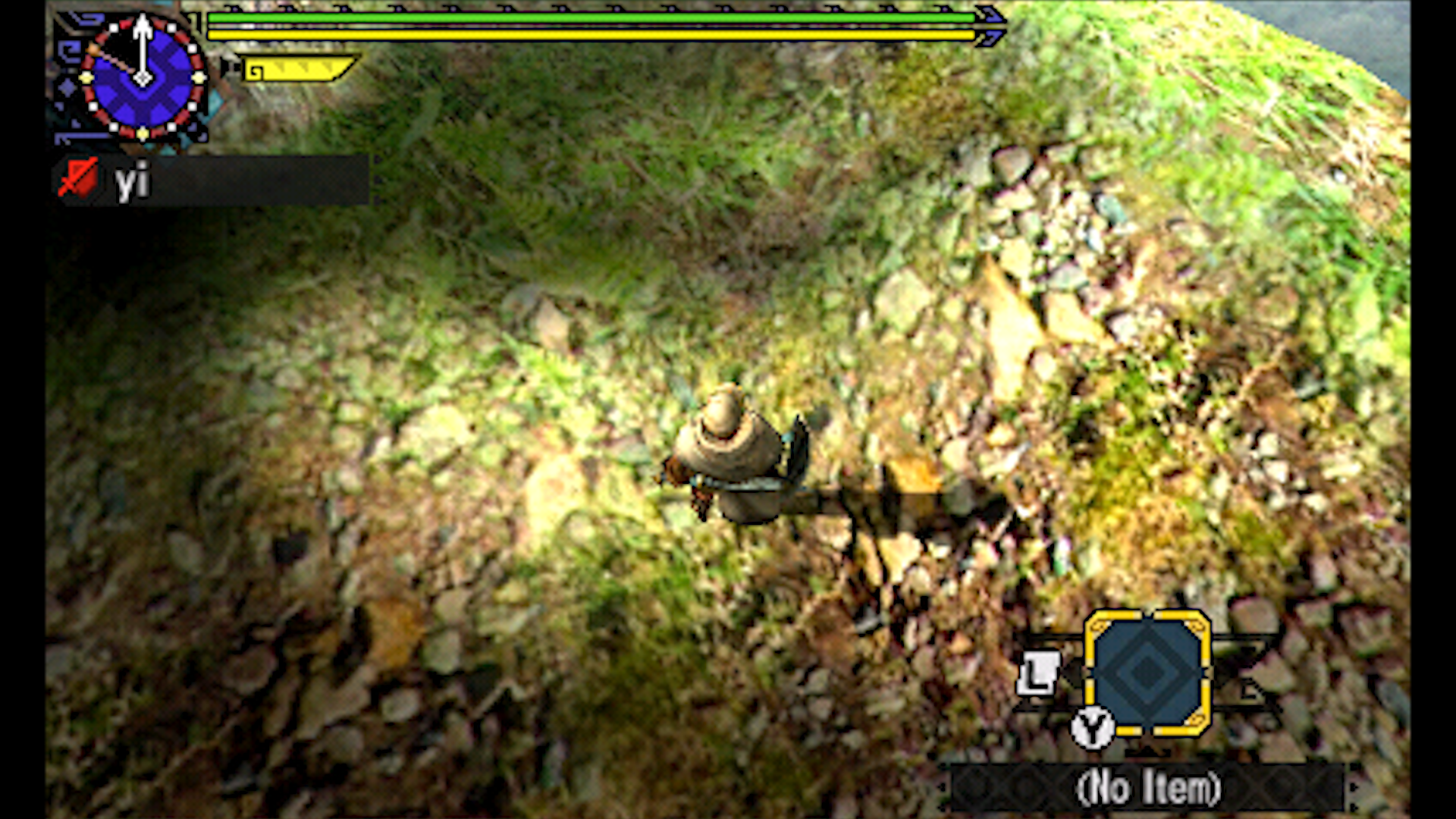

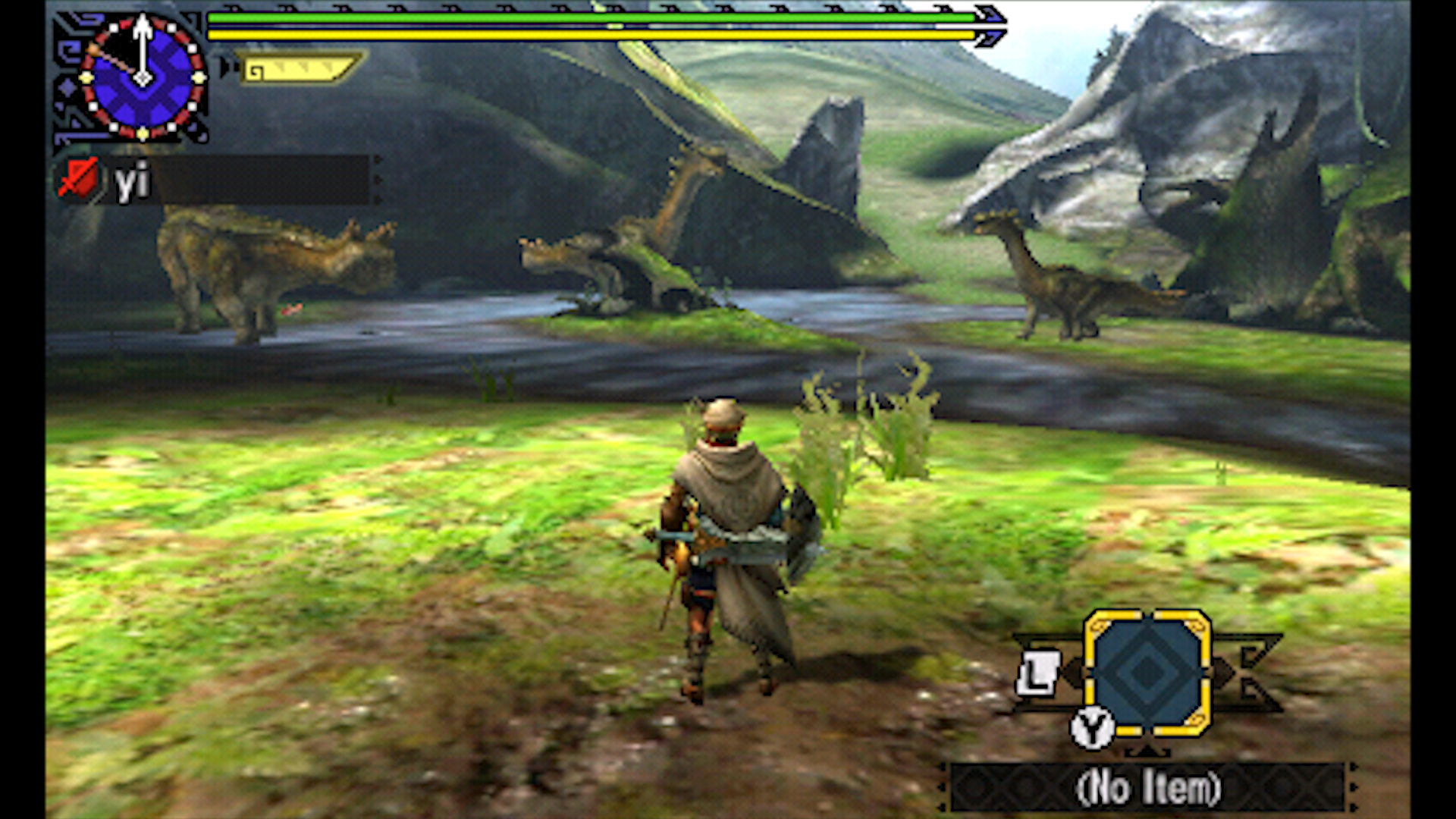



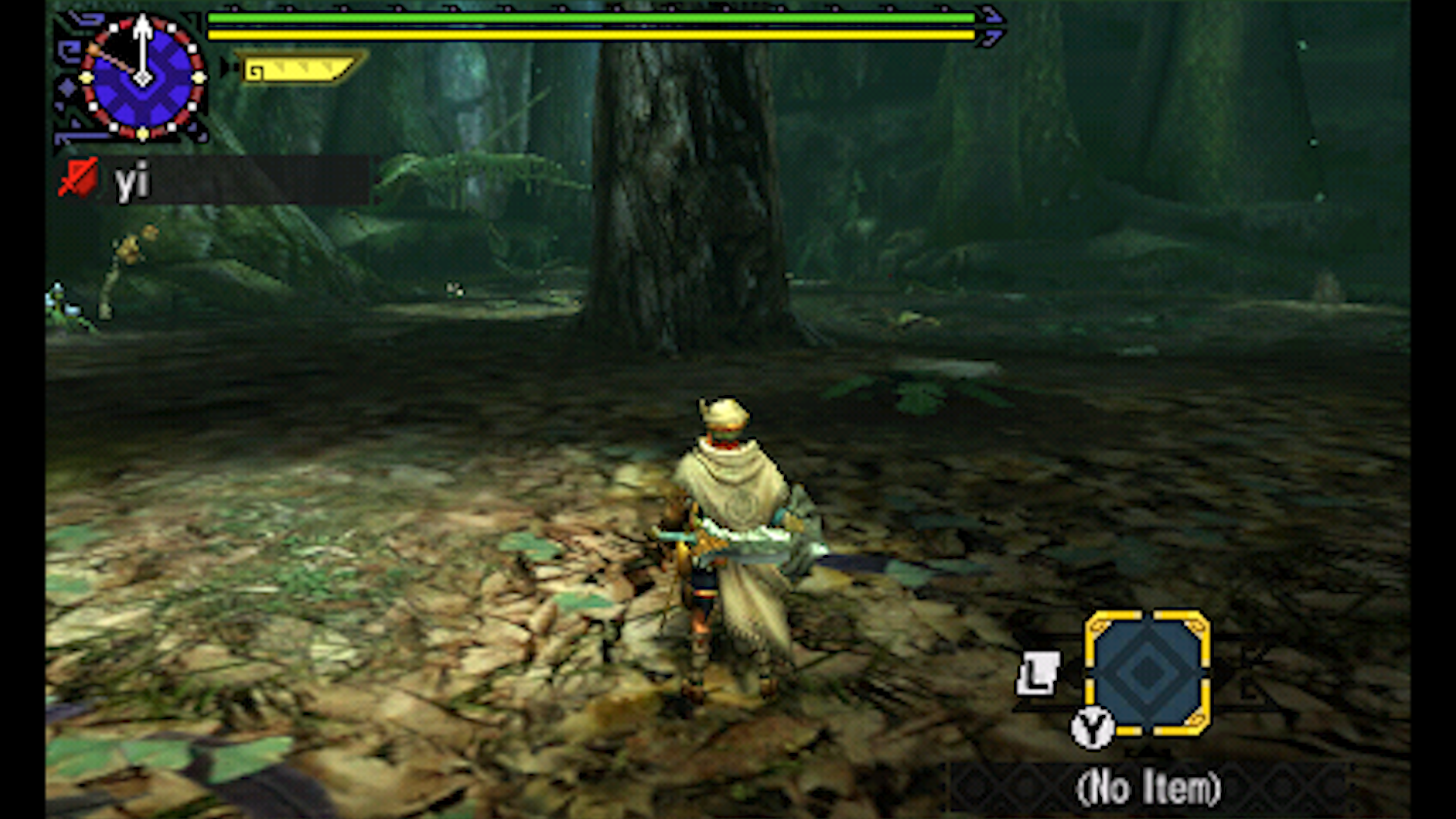
Also, the fact that performance is totally identical to the original game is perhaps a missed opportunity bearing in mind the vast leap in power the Switch represents over 3DS. A 60fps upgrade would have made a profound difference to the feel of the gameplay, while eliminating the frame-pacing problems that have survived the porting process from 3DS to Switch. Monster Hunter 4 on New 3DS managed to hit around 50fps thanks to its unlocked frame-rate, so targeting 60fps for this style of game on Switch doesn't seem beyond reason.
The good news at least is that the performance level of Monster Hunter XX in handheld mode is also strong: again it's 30fps, but playing the demo from start to finish we've yet to catch a single drop. Fixing the game's pixel output to 720p helps match the lower GPU clock profile while playing in portable mode, and the result for Monster Hunter is rock-solid performance across the demo. On top of that, we can confirm that resolution aside, the entire experience is identical in terms of the enhanced visual feature set offered by the remaster.
Monster Hunter XX is due for release in Japan on August 25th, and hopefully we'll have more details on a western release soon. Based on what we've played so far, Capcom's new Switch title may not be the fully tricked-out 60fps upgrade many may have been hoping for, but the remastering work is very impressive overall - and for owners of the 3DS version, an app will be made available to port your save game over to the new console. There are some limitations in what can be transferred over, but regardless, it's a really nice touch that only adds further to a package that should find favour with the series' vast fanbase.
